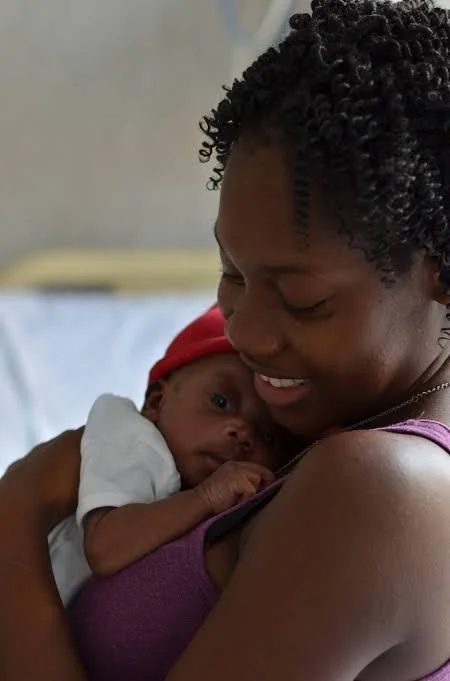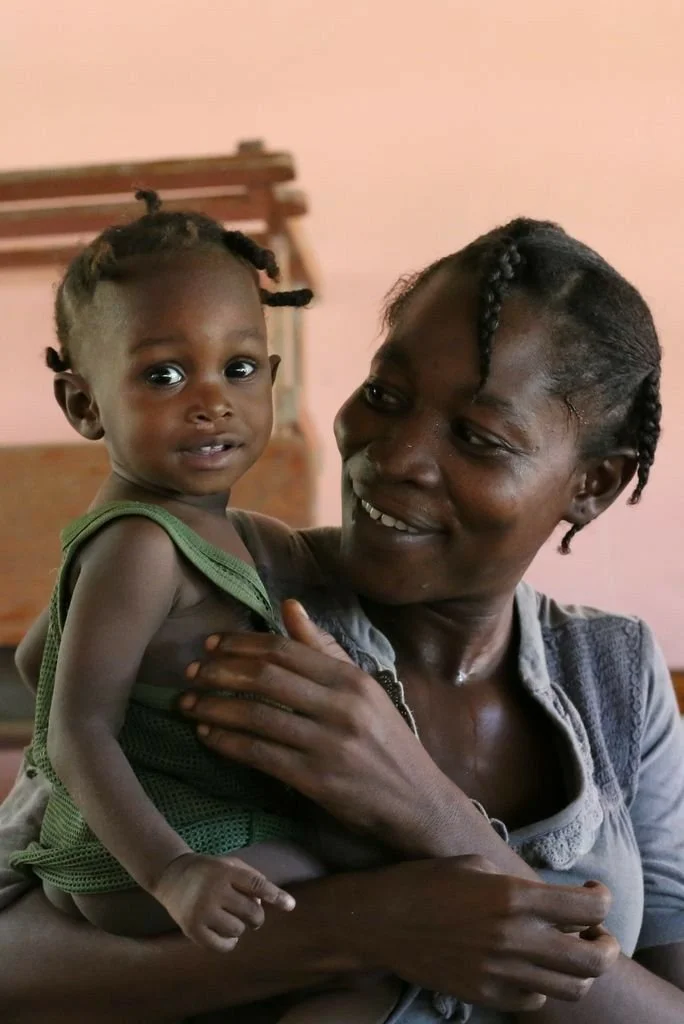Caribbean: Where Are the Carriers?
Babywearing and the Caribbean
Across the Caribbean, babies are born into cultures rich in rhythm, resilience, and community. These islands carry the legacies of African ancestry, colonial disruption, and ongoing cultural resistance. And yet, when we look for images of traditional babywearing from this region, we find an unsettling silence.
Despite breaking my search down into micro keywords, I couldn’t find any photos of people of the Caribbean using traditional carriers.
The deep roots of babywearing in West Africa — where cloth wraps carry generations of babies through markets, farms, kitchens, and ceremonies — were undoubtedly carried across the Atlantic. Enslaved mothers brought this knowledge in their bodies and bones. They would have held their babies close, even while enduring unimaginable hardship. But somewhere across the centuries, those practices seem to have faded from view.
In modern Caribbean communities, we see mothers using modern carriers and holding their babies on hips, arms, and laps. But traditional carriers — cloth wraps tied in ways passed down through generations — are almost entirely missing from the record. Where are the photographs, the oral histories, the evidence of carriers that surely existed? Have I missed something obvious?
The answer may lie in colonial pressures, forced assimilation, migration, and interrupted cultural continuity. In many places, caregiving practices were reshaped by church teachings, Western medical models, or economic migration. Babywearing — so instinctive, so intimate — may have been replaced with prams, arms, or simply lost to time.
This absence matters. It tells a story not just of what was carried, but of what was taken. Of what has been silenced or deemed invisible.
But absence is not the same as loss.
This post is a placeholder. A space held open in honour of what we do not yet know. If you are from the Caribbean and have stories, memories, or photographs of babywearing in your family, we would love to hear from you. Whether it was a cloth tied at the hip, a grandmother’s scarf used in a pinch, or a sling passed between sisters — your stories matter.
We believe the carriers were there. And we are here, listening.



